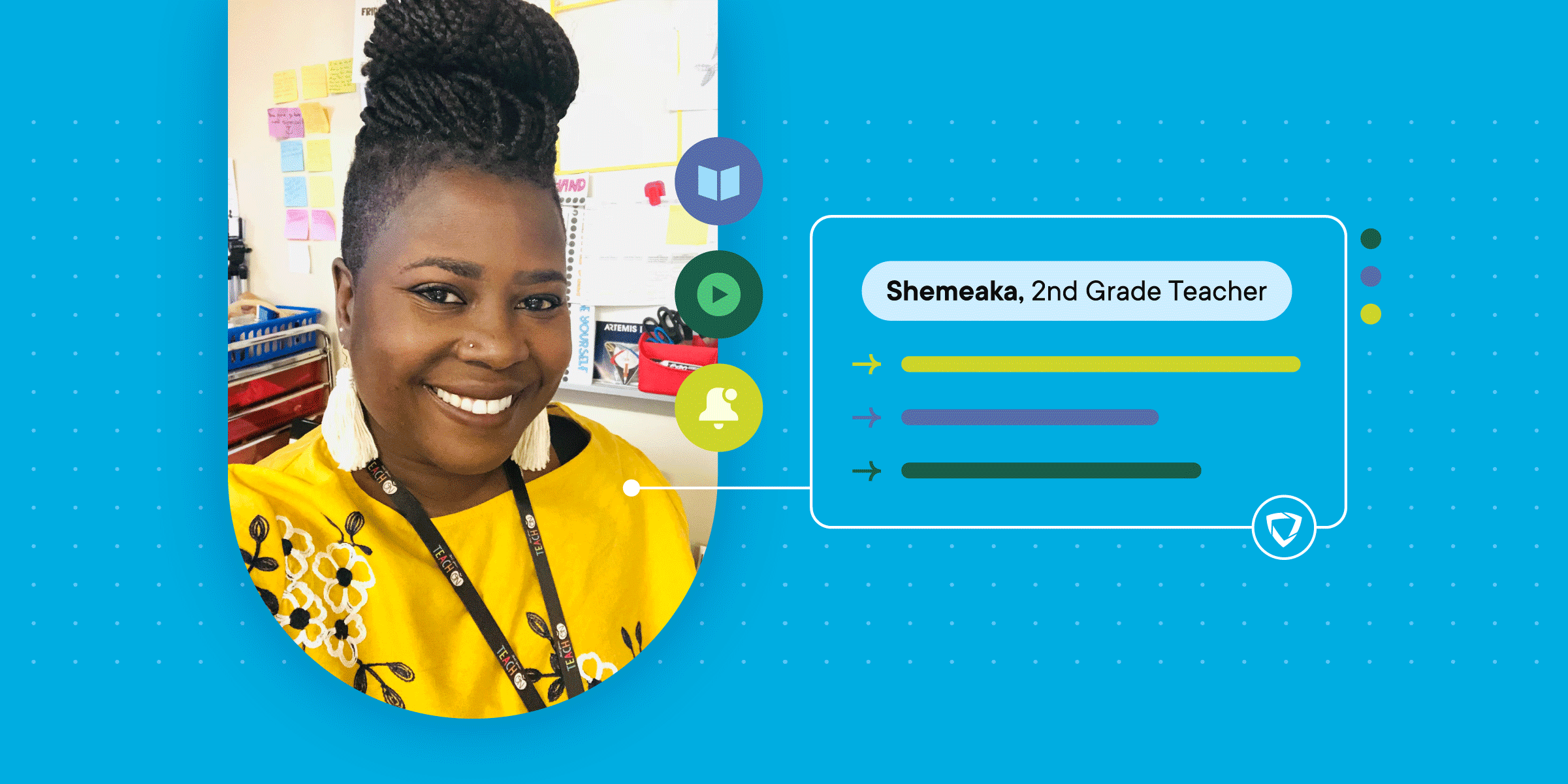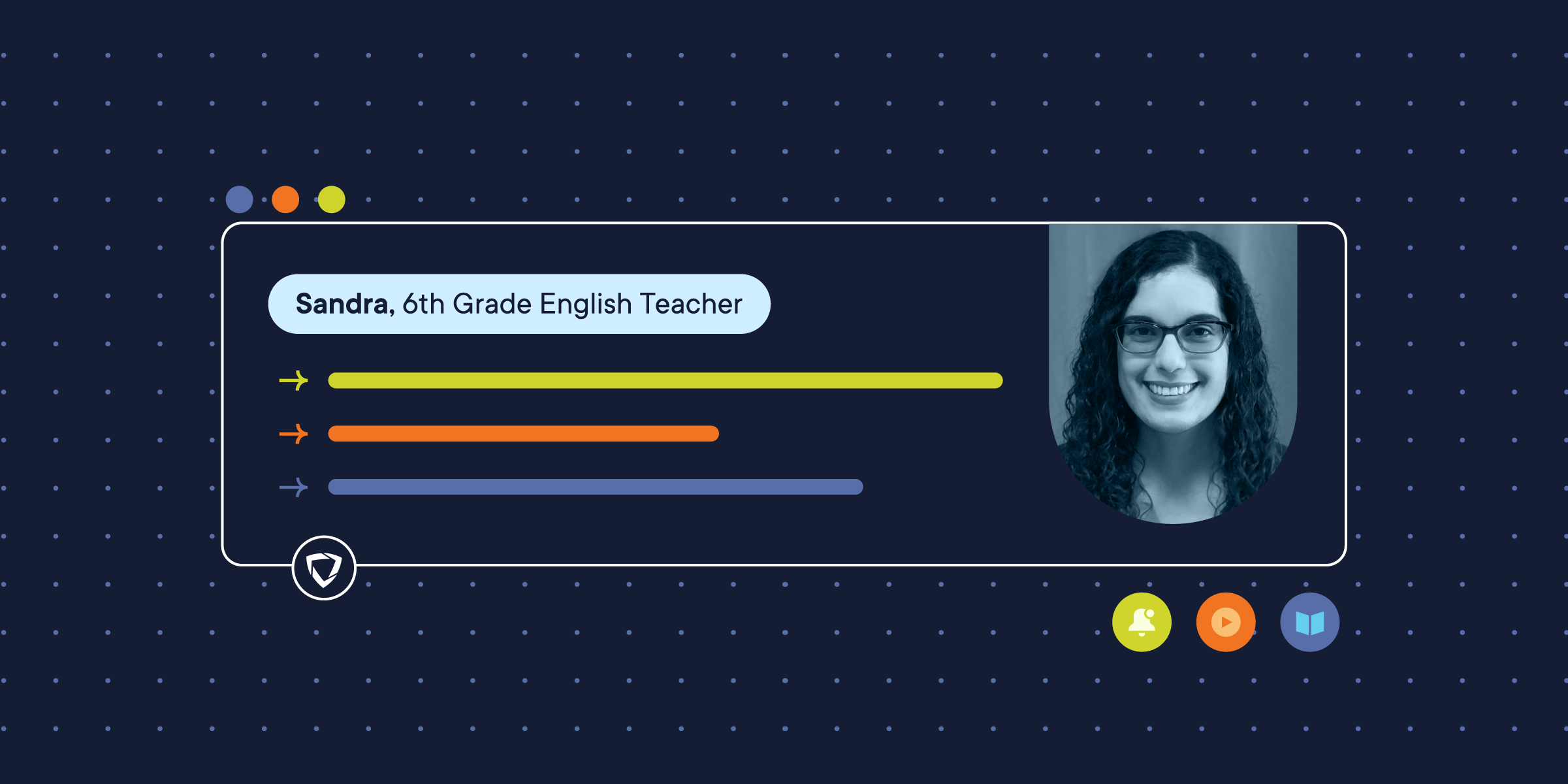
Over the last decade, the rise in teen suicide has made mental health in schools a key issue for teachers and parents. Between 2007 and 2017, the suicide rate among people ages 10 to 24 rose more than 50 percent, from 6.8 deaths per 100,000 people to 10.6. With trends like these, all educators have a responsibility to become actively involved in the conversation around mental illness and education.
Suicide is now the second leading cause of death—outpaced only by accidents—making it more vital than ever that you're informed about the best ways to prevent suicide in your school. Every day, you're on the front lines working directly with students, and some of them are going through challenges that they might not be sharing with anyone. More than anyone else, you're in a unique position to notice what students are saying, doing, and writing—and to take action if you think a student might be at risk of self-harm.
As an educator, you're already asked to be an expert, cheerleader, friend, and counselor. And on top of that, you need specialized training to identify the warning signs of mental health issues in schools. You also need the expertise to recognize student mental health concerns while steering clear of stigmas and preconceived notions. It's a tricky balance.
Fortunately, you don't have to go at it alone. At GoGuardian, we know how much you have on your plate, and we designed Beacon specifically to help you support students with mental health.
Online Student Behavior Tracking
If you're just trying to keep an eye on your students' screens, monitoring students' online behavior is a daunting task. In addition to GoGuardian Teacher™ classroom management, Beacon provides even further insight by scanning students’ online activity for context-aware alerts on suicide and self-harm risk. It monitors your students' behavior for you, keeping an eye on all the content they are creating, searching, and consuming online—from email to web apps to social media to search engines.
Beacon monitors your students' school-issued Chromebooks and Windows devices, and when it detects concerning activity, it creates an alert for the school and parents to take action. Beacon ensures that the entire process is visible and trackable.
Gain Insight into Mental Health
Understanding student behavior can be a challenge under any circumstances. That's where Beacon helps educators understand the triggers that lead to mental health concerns in students.
When Beacon suspects that there may be a concern, it provides the context surrounding the event by categorizing the student's activity into phases. Giving you the full picture helps to avoid false positives and best determine what to do next.
Identify Students with Mental Illness
It's critical that teachers be informed about mental illness in schools. Many adults aren't informed about how to prevent suicide in schools, and they don't recognize the basic signs of mental illness in children and teenagers when they see them.
Even if you are informed, it can often be hard to tell whether you're seeing evidence of mental illness or just normal adolescent behavior. Children often are reluctant to express what they're going through, and you might think that what you're seeing isn't a big deal.
But the fact is that as a teacher, understanding students and mental health is a key part of your job.
Parents often find it difficult to recognize the signs of mental illness, for a variety of reasons. They may be unable to admit that their child is going through mental illness. They may have concerns about the stigma of a mental illness diagnosis. They may have concerns about the use of medication. And they may worry about the cost of treatment.
Beacon deploys an advanced AI platform that recognizes contextual phrases and emotional insights, enabling it to spot subtle signs of anxiety and depression. Its AI technology goes beyond the keyword filtering used by many other solutions, which often generates lots of false positives. Beacon identifies larger trends to help your school district support the mental health of all students.
Help Students with Depression in Your Classroom
If you're wondering how to help a child struggling with depressive symptoms in the classroom, look at things from your student's point of view.
Navigating the challenges of school and mental illness at the same time can be overwhelming for children and teens. To provide the right support, you need to build a genuine connection with each of your students and learn about what they're experiencing.
If a student is often defiant toward teachers and other authority figures, often makes pessimistic comments, and seems isolated and withdrawn, you might be seeing signs of adolescent depression.
If a student seems to obsess over seemingly minor problems, such as academic setbacks or minor physical problems, you could be seeing symptoms of anxiety.
In situations like this, you'll want to continue building relationships with your students while reaching out to your school psychologist or counselor to obtain more specialized support...or encouraging teachers to reach out to the appropriate team.
Certain behaviors are clear signs of the need for immediate help from a mental health professional:
- Self-injury (such as hair pulling or cutting)
- Threats of harm to self or others (including discussion of suicide)
- Disconnection with reality (hearing or seeing things that aren't there)
- Bizarre, unexplainable changes in behavior or school performance
We partnered with the leading experts in mental health to design GoGuardian Beacon™ to ensure that it works seamlessly with your district's suicide prevention program. Beacon gives you the context you need to understand a student's behavior, including past behavior, screenshots, and a behavior assessment. With its flexible alerting system and after-hours alerting, Beacon helps you get students the help they need when they need it.








